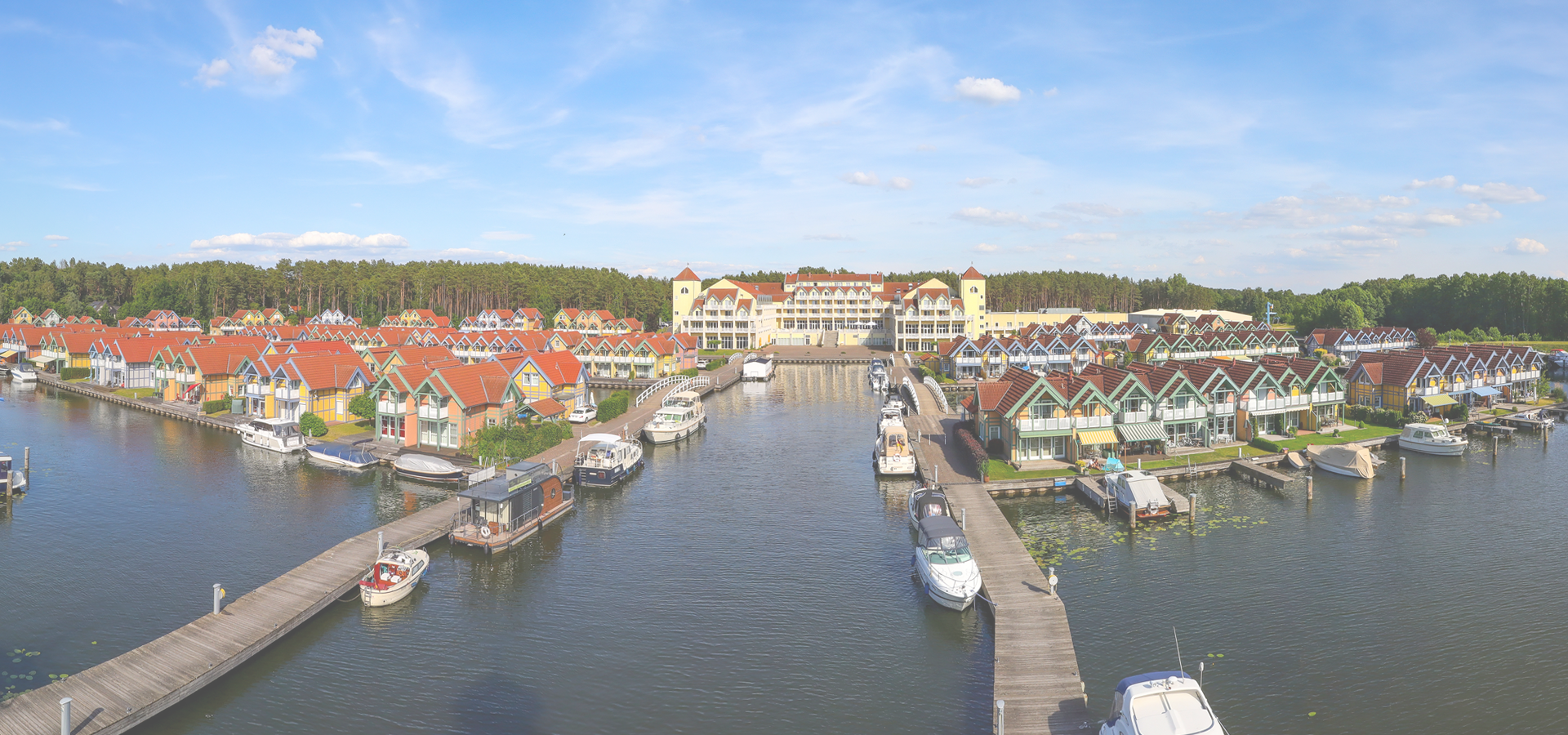Falkensee, Brandenburg, Germany
🇩🇪 Falkensee is a town in the Havelland district, Brandenburg, Germany. It is the most populated municipality of its district and it is situated at the western border of Berlin.
History The commune Falkensee was formed in 1923 by the merger of Falkenhagen and Seegefeld, composing the common name from Falkenhagen and Seegefeld.
During World War II, the Demag-Panzerwerke subcamp of the Sachsenhausen concentration camp was located here. At its height, 2,500 people were imprisoned in the camp and used as slave labour. In November, 1945, the city issued 6 postage stamps of its own depicting a dove of peace.
The municipality shared its borders with the former West Berlin, and so during the period 1961-1990 it was separated from it by the Berlin Wall.
Demography As a suburban municipality directly neighbouring Berlin, Falkensee grew strongly with Berlin itself. After World War II, Falkensee's population shrunk due to the relatively isolated position "behind" West Berlin, seen from the GDR capital. Since the fall of the Berlin Wall, Falkensee's population doubled and continues to grow.
Transport Falkensee has a railway station on the Berlin-Hamburg railway. Local trains and Regional Express trains stop here at the two outer platforms, both located on siding tracks, so that long-distance trains linking Hamburg and Berlin can bypass on the two middle tracks. Two local stopping trains linking Nauen with Berlin call at Falkensee, one going via the Northern Ringbahn (circular railway) to the tunnel level of Berlin Hauptbahnhof, the other taking the Berlin Stadtbahn cross-city railway, terminating currently (in 1914) at the Berlin Schönefeld Airport.
The northern side of the Falkensee railway station is the location of the central hub of the Falkensee bus network, and provides a covered stand for hundreds of bicycles.
Before the previous war, Falkensee was a stop on the suburban line from Nauen via Jungfernheide to the Berlin Lehrter Bahnhof station, the Berlin terminus of the Berlin-Hamburg railway. From August 1951 to the end of the 1950s, the Falkensee - Spandau and Spandau - Jungfernheide tracks were electrified with the Third Rail of the Berlin S-Bahn, allowing direct rail service from East Berlin to Falkensee, which was part of the GDR then. This link was severed by the Berlin Wall in 1961. From then on, until the reconstruction of the Berlin railway network in 1990, Falkensee could be reached from East Berlin only by the long detour via the Berlin outer ring.
Europe/Berlin/Brandenburg

Falkensee has a population of over 44,280 people. Falkensee also forms one of the centres of the wider Havelland District which has a population of over 164,693 people.
To set up a UBI Lab for Falkensee see: https://www.ubilabnetwork.org Twitter: https://twitter.com/UBILabNetwork
Twin Towns - Sister Cities Falkensee has links with:
🇩🇪 Pullach, Germany🏴 Sutton Coldfield 52.563
🏴 Peterborough 52.566
🇩🇪 Reinickendorf 52.567
🇩🇪 Strausberg 52.578
🏴 Wolverhampton 52.583
🇩🇪 Lichtenberg 52.533
🏴 West Bromwich 52.522
Locations Near: Falkensee 13.0833,52.55
🇩🇪 Potsdam 13.048,52.4 d: 16.9
🇩🇪 Steglitz-Zehlendorf 13.25,52.433 d: 17.2
🇩🇪 Charlottenburg-Wilmersdorf 13.283,52.5 d: 14.6
🇩🇪 Charlottenburg 13.314,52.51 d: 16.3
🇩🇪 Wilmersdorf 13.315,52.491 d: 17
🇩🇪 Oranienburg 13.233,52.75 d: 24.4
🇩🇪 Reinickendorf 13.333,52.567 d: 17
🇩🇪 Schöneberg 13.35,52.483 d: 19.5
🇩🇪 Tempelhof-Schöneberg 13.383,52.467 d: 22.3
Antipodal to: Falkensee -166.917,-52.55
🇹🇴 Nuku'alofa -175.216,-21.136 d: 16450.1
🇦🇸 Pago Pago -170.701,-14.279 d: 15746.4
🇼🇸 Apia -171.76,-13.833 d: 15688.5
🇵🇫 Papeete -149.566,-17.537 d: 15837.8
🇺🇸 Hilo -155.089,19.725 d: 11897.3
🇺🇸 Maui -156.446,20.72 d: 11804.9
🇺🇸 Maui County -156.617,20.868 d: 11790.6
🇺🇸 Wailuku -156.505,20.894 d: 11786.4